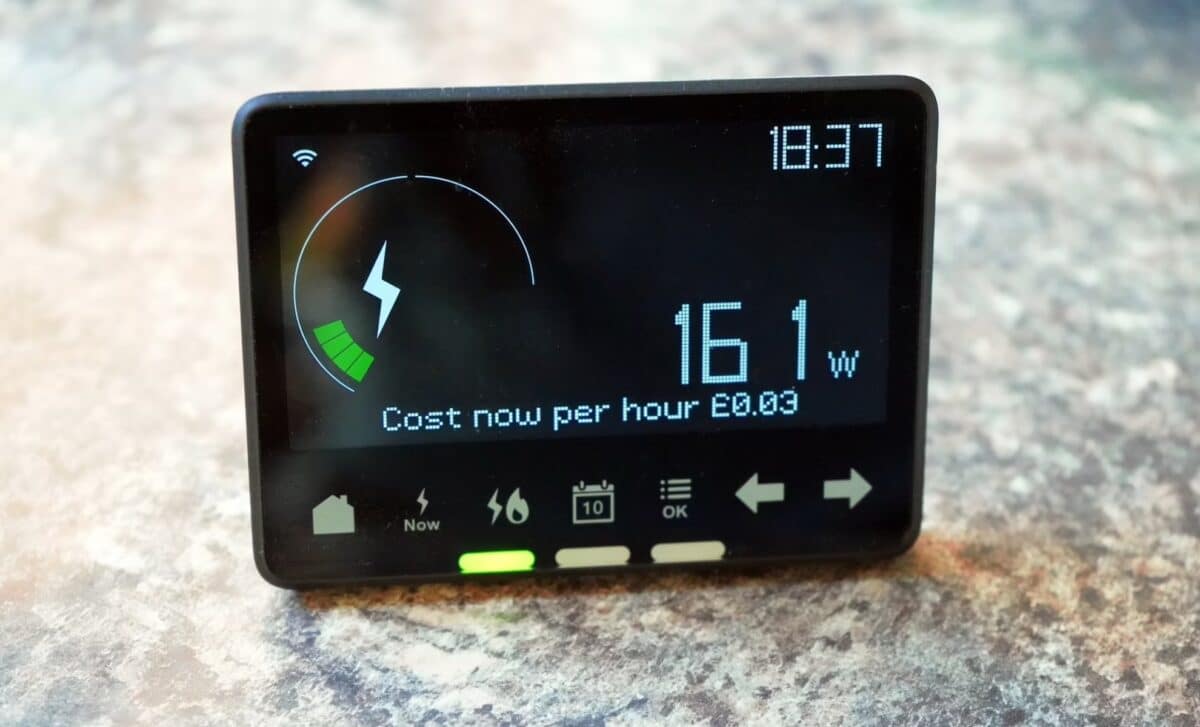E.ON has issued a critical warning to 65,000 of its UK customers who must upgrade their electricity meters before a key industry change takes effect. Households with outdated Radio Teleswitch Service (RTS) meters are at risk of losing functionality or being locked into higher electricity rates.
With a deadline looming, customers still using these older devices have been urged to contact their supplier immediately to arrange for a smart meter installation. If they fail to do so, they could see their bills soar or even face a loss of heating control.
Why Are RTS Meters Being Phased Out?
RTS meters rely on a radio signal broadcast alongside BBC Radio 4’s long-wave frequency to control switching between cheaper off-peak and peak electricity rates. This technology has been used for decades, particularly by households on Economy 7 and similar multi-rate energy tariffs, allowing them to take advantage of lower electricity prices at night.
However, from 30 June 2025, this radio signal will be permanently switched off, rendering RTS meters useless. This means that:
- Customers with RTS meters will no longer be able to switch between peak and off-peak tariffs, potentially locking them into higher electricity rates.
- Some RTS meters also control heating and hot water systems, meaning they could get stuck in the “on” or “off” position, leading to heating failures or higher energy usage.
According to industry data, over 530,000 UK households still have RTS meters, with E.ON Next accounting for 65,000 of them. The energy supplier is now urging affected customers to upgrade to a smart meter before the radio signal shutdown.
The Urgency of Upgrading: What E.ON Is Saying
E.ON has made it clear that time is running out for those still using RTS meters. The company’s Chief Operating Officer, Ramona Vlasiu, emphasized the importance of swift action, stating:
“It is vitally important for customers with RTS meters to respond to us to ensure their meter is upgraded before the radio signal is switched off from June 30. We have engineers available to upgrade your meter to ensure your supply is not affected.”
This means that households should not wait for last-minute notifications but should instead proactively contact E.ON to book a meter replacement appointment.
What Are the Alternatives?
E.ON and other suppliers are encouraging customers to switch to smart meters, which offer similar functions to RTS meters but with modern digital technology. Smart meters can:
- Automatically send meter readings to suppliers, eliminating the need for manual submissions.
- Display real-time energy usage, helping customers track and reduce consumption.
- Ensure accurate billing, preventing overcharges and estimated readings.
- Enable access to smart tariffs, which may offer cheaper off-peak electricity rates similar to RTS meters.
While some customers have expressed concerns about smart meter reliability, modern second-generation (SMETS2) meters have fewer issues than their predecessors. If a smart meter develops faults, suppliers are responsible for fixing or replacing it.
How to Check If You Have an RTS Meter
Households unsure about whether they are affected can easily check their meter type:
- Older RTS meters usually have a separate switch box labeled “Radio Teleswitch” next to the main electricity meter.
- Newer versions may have the RTS function built into a single box mounted on the wall.
- Customers can contact their energy supplier to confirm whether their meter is affected.
Can You Stay on Your RTS Tariff?
Customers switching to smart meters may be concerned about whether they will still have access to time-of-use tariffs such as Economy 7. According to Ofgem, energy suppliers must ensure customers moving from RTS meters are placed on a like-for-like tariff where possible.
If an exact match is unavailable, suppliers are required to work with customers to find an appropriate alternative. Some households may even benefit from new smart meter-only tariffs, which could offer additional cost savings.
What Should Affected Customers Do Now?
For the 65,000 E.ON customers still using outdated RTS meters, taking action now is crucial to avoid higher bills and potential disruptions. With the radio signal supporting these meters set to shut down by June 2025, affected households should upgrade to a smart meter as soon as possible. Switching early ensures a smooth transition, prevents last-minute installation delays, and allows customers to explore new tariffs that may save them money. Here’s what those affected should do next:
- Check your meter: Identify whether you have an RTS electricity meter and contact E.ON or your energy supplier if unsure.
- Book an upgrade: Schedule a smart meter installation before the June 2025 deadline to avoid potential disruptions.
- Compare tariffs: Once switched, explore available smart meter tariffs to find the best deal for your household.
- Monitor your energy usage: Use your new smart meter’s real-time display to track and reduce consumption.
What Happens If You Don’t Upgrade?
If households fail to replace their RTS meter before the signal shutdown, they may face:
- Being stuck on peak-time electricity rates indefinitely.
- Losing automatic control of heating and hot water systems, leading to higher bills or heating failures.
- Manual meter reading requirements, as suppliers will no longer receive automatic data.









